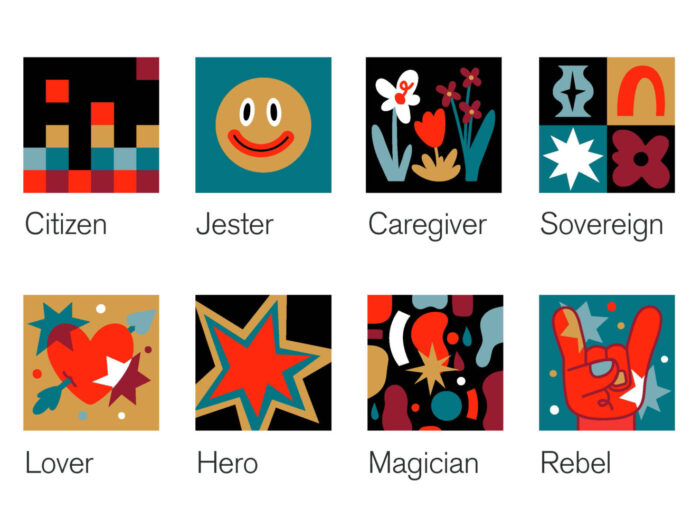In our last article on corporate culture, we talked about the importance of developing sustainable culture practices for a successful, thriving company.
Since employees represent the frontlines of every brand, driving company culture has become job #1 for leadership in companies across the globe. Culture doesn’t just spring out of organizations fully formed. It’s a process facilitated by a company’s leaders at the core of building an organization’s culture. Successful leaders embrace and embody their company’s vision and values and communicate and cultivate culture in their organizations from top-to-bottom. What does a company stand for? One look at its leaders should tell that.
1) Communication is King
Successful leaders are good communicators and understand the impact of constructive interactions on the culture of their organizations. Thriving companies foster open and ongoing contact with teams and have leaders who model the ways they want teams to connect, communicate and collaborate. These leaders know that belittling, snarky communications from the top beget negative, gossipy environments on the floor.
The best leaders prioritize progress to motivate team members helping each other and the company. They walk the walk and then some.
2) Leaders as Teachers
Organizations with positive, proactive culture have leaders who understand their role as teachers, guides, mentors, and role-models. They don’t encourage a competitive horserace between employees. Instead they focus on curating talent and customizing training. They know their talent pool – how to use it and activate it – maximizing the capabilities of their employees both now and into the future. By developing talent within their organizations, they embrace continual improvement for themselves and their employees. Leaders know that asking smart questions helps foster an environment of continual insight and improvement. A deep thirst for knowledge provides the seeds for a learning organization.
3) Rewarding Relationships
The best leaders invest in relationships with their teams and foster a management structure to do the same. Rather than deploying strict roles and responsibilities within their organizations, leaders want to know and understand what makes their employees tick and create opportunities for them to grow and learn. They want to bust down silos between workflows and end the policing and protection of domains. Consistently providing feedback through formal and informal coaching, leaders both invite and give feedback in a trusting setting. Employees know their efforts both big and small will be appreciated and acknowledged. In this environment, progress and performance are rewarded in equal measure.
For more information on culture programs or to speak with one of our experts, contact Adrenaline at [email protected].




